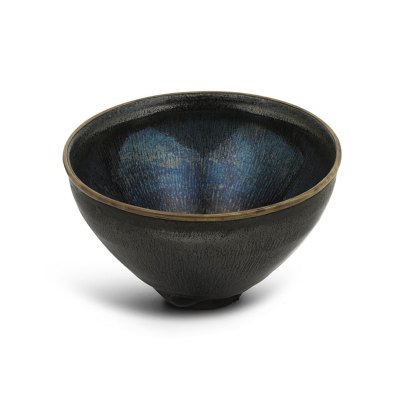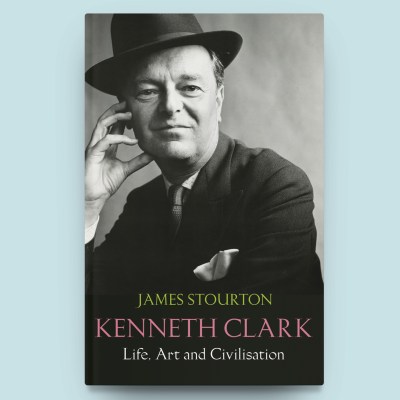Sotheby’s purchases Mei Moses Art Indices | For those who crave the comfort of a formal price index, the art market frustrates in its apparent refusal to conform to any measure of investment potential. Yet there are endless efforts to make it do so, and to align it with other assets and financial markets. The latest evidence of this trend is Sotheby’s purchase of the Mei Moses Art Indices, which uses a database of around 45,000 repeat sales of artworks to try to track changes in value. The sum paid has not been disclosed but, says Sotheby’s, the purchase will enabled the auction house to ‘compare the investment performance of art against various asset classes, analyze its performance against myriad benchmarks and competitors and measure the impact of macro-economic and societal forces on the art market’.
Gone are the days when auction houses simply stuck to auctioneering. The future – and the money – is in ever-diversified client services. Sotheby’s purchase of Mei Moses must be seen against the backdrop of its surprise $50m acquisition of art advisory firm Art Agency, Partners in January. Indeed it was Adam Chinn, one of the AAP partners and now Executive Vice President at Sotheby’s, who made the Mei Moses announcement. The collecting community, said Chinn, is ‘increasingly sophisticated and, in many cases, looking to analysis to understand the overall market, individual artist and category trends, the value of their collections, as well as gain insight into the timing of their consignments and purchases’. This acquisition will help Sotheby’s ‘identify and examine trends that can inspire further innovations within Sotheby’s to better serve an expanding client base’. The jury remains out, however, as to whether the vagaries of the art market can be tethered to any meaningful indices.
TEFAF New York Fall debut | TEFAF’s much-anticipated New York debut (22–26 October) plugged a gap for a quality pre-modern art and antiques fair in the city. Despite a damp opening day, Tom Postma’s design and a special effort from exhibitors raised the bar for Park Avenue Armory fairs. For the most part, though by no means exclusively, this was a case of European galleries bringing their wares to an American audience. The fair attracted nearly 15,000 visitors, far exceeding expectations for the inaugural event. Highlight sales included a classic veduta of Venice by Bernardo Bellotto (c. 1741–42) sold, with an asking price of $5m, by London’s Richard Green Gallery to an American collector. Among the five works sold by Robilant + Voena, priced between $500,000 and $2.5m, was Saint John the Baptist in the Wilderness (c. 1610–12) by Bartolomeo Manfredi, which was acquired by a Chinese collector. TEFAF New York Spring runs from 4–9 May and features modern and contemporary art and design.
West Bund Art & Design | The Contemporary art circus is in full spin. Between Artissima in Turin and New York’s Post War and Contemporary sales before Art Basel Miami Beach, there’s a stop in China for the 11th Shanghai Biennale (opening 11 November). City government-established art district West Bund is fast growing in galleries and from 9–13 November hosts its third West Bund Art & Design fair. Only around 30 galleries exhibit but they include international market big dogs such as Hauser & Wirth, Pace and White Cube alongside local galleries. Exponential growth in the Chinese market may have slowed, but plenty of people seem keen to keep an eye on proceedings.
Early sales for Asian Art in London | The increasingly eclectic Asian Art in London opened on 3 November and runs until 12 November at multiple venues around the capital. In two decades, the event has broadened from traditional antique collecting fields to contemporary art. Long-established dealer Giuseppe Eskenazi embraces both: in addition to his exhibition of contemporary Chinese ink paintings by Zeng Xiaojun, Eskenazi is showing early Chinese art during AAL. On the opening day, he sold 11 works for five and six figure sums (US$), including an Archaic bronze wine vessel and cover (you) from the Shang or Early Western Zhou period, 11th–10th century BC.



